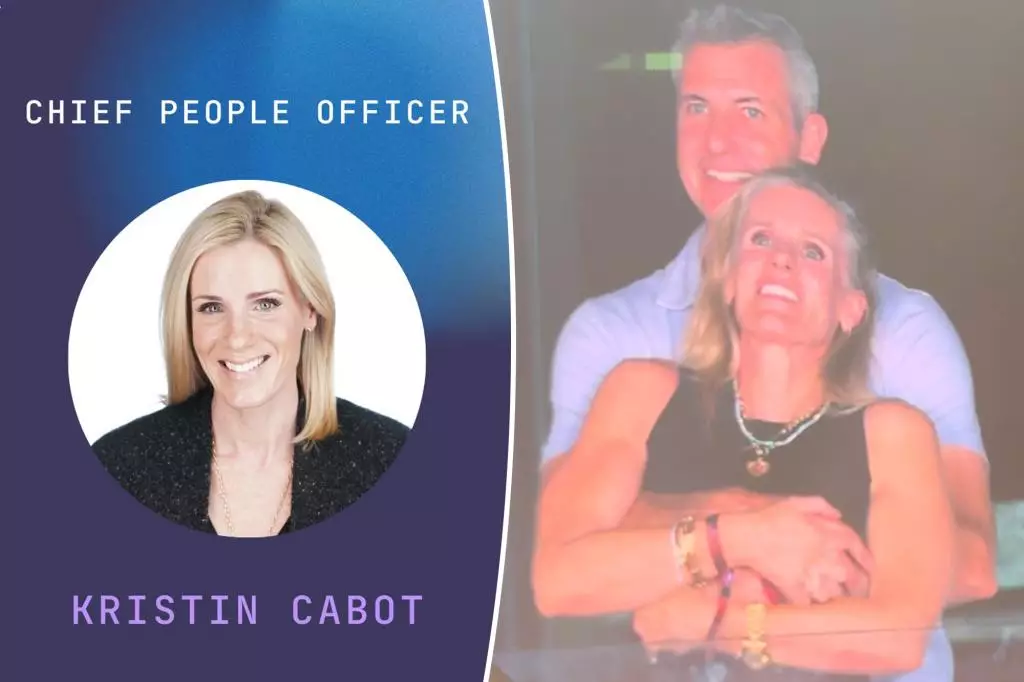In today’s corporate landscape, leaders are often painted as invincible figures wielding influence through a combination of charisma and strategic prowess. Kristin Cabot, the former Chief People Officer of Astronomer, exemplifies this façade perfectly. Her self-description on professional platforms boasts of winning trust across all levels, building award-winning cultures, and orchestrating innovative systems to attract top talent. Such claims resonate with the modern Leaders-as-Brand archetype: confident, fearless, and almost untouchable. Yet, behind this polished exterior lies a troubling disconnect—a tendency for leaders to craft grand narratives about their competence while concealing their vulnerabilities and perhaps even their ethical shortcomings.
This paradox underscores a larger societal obsession with image over substance. Many leaders capitalize on the allure of being visionaries, cultivating a reputation of unwavering strength and influence. However, this often leads to environments where authenticity is sacrificed, and real flaws—whether moral or managerial—remain hidden. The incident involving Cabot and her boss, Andy Byron, at the Boston concert painfully exposes the chasm between the constructed image and human reality. It reveals that even those at the top are subject to imperfections, societal expectations, and the basic struggles of human vulnerability.
Power Dynamics and the Deception of Authority
The story about Byron and Cabot also highlights the dangerous implications of hierarchical power structures. Byron, who was portrayed as a somewhat intimidating employer based on past reports, appears to wield influence in ways that foster an environment of fear rather than respect. The resurfaced allegations from former employees at Cybereason painted a disturbing picture: a CEO prone to lash out and threaten dissenters. When combined with the affair rumors and the embarrassing public spectacle at the concert, it becomes clear that leadership is often more complex—and messier—than promotional brochures suggest.
Effective leadership should be rooted in integrity, transparency, and accountability. Instead, these incidents prove that many top executives may prioritize personal gains or reputation management over the health of the organization or the well-being of their employees. Draped in impressive titles and strategic jargon, they may create an illusion of control, masking the chaos often present beneath the surface. Byron’s public reputation as a strong leader is now entangled with allegations of volatility and unfaithfulness, which calls into question whether his professional success has been built on authentic principles or merely strategic image management.
The Fallout of a Flawed Leadership Model
The incident at the concert and the subsequent social media reactions expose a critical flaw in the glamorization of corporate leadership. When power is wielded without humility or moral grounding, it often results in reputational damage—not just for the individuals involved but for the companies they represent. Byron’s wife, Megan Kerrigan Byron, publicly faced the fallout of her husband’s actions through social media—a harsh reminder of how personal and professional boundaries are often blurred in the digital age.
More importantly, such public displays of misconduct undermine the credibility of the organizations these leaders serve. It becomes increasingly evident that success driven solely by bravado or manipulative charm can quickly erode once human flaws surface. Simply put, leadership that hinges on superficial traits is inherently fragile, vulnerable to scandals that can tarnish decades of reputation and trust.
In scrutinizing figures like Byron and Cabot, one begins to question the prevailing narratives of leadership. Success stories are often polished versions of stories that ignore the human messiness behind closed doors. True influence doesn’t come from projecting perfection but from embracing authenticity, humility, and ethical integrity—even if that means revealing vulnerabilities. Organizations should be cautious about celebrating a leadership archetype that places image above substance. Because in the end, it’s not the facade that sustains long-term progress—it’s the genuine, sometimes imperfect, human core that truly commands trust and respect.
